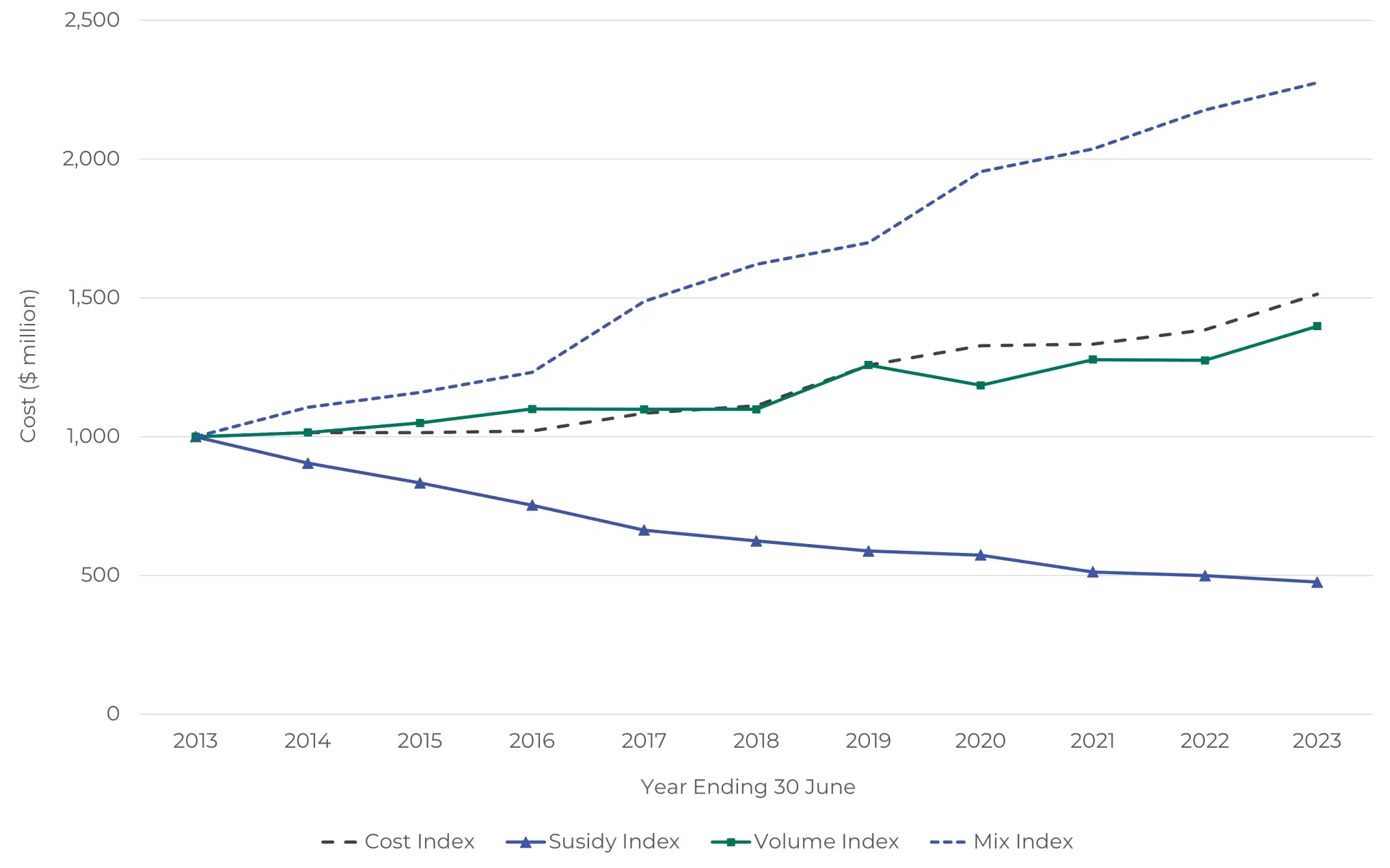History of Pharmac
During the 1980s, the Government’s spend on medicines was growing too fast. A response was needed.
In 1993 the Pharmaceutical Management Agency (Pharmac) was created. Pharmac started out as a joint venture company, owned by the government's 4 health funding agencies. Its goal: get pharmaceutical companies to offer better prices. By lowering prices, we could spend the savings on more medicines.
Early years
Our first task was to organise the list of funded medicines. This became the Pharmaceutical Schedule. With the help of the clinicians of Pharmacology and Therapeutics Advisory Committee (PTAC), we sorted medicines into groups that did similar things. We got a better picture of what issues affected each therapeutic group.
Competition
We created competition to lower medicine prices. With the savings we make, we can buy more medicines without blowing the budget. As a result, Pharmac’s work has resulted in more New Zealanders accessing more funded medicines.
Reference pricing
We used 'reference pricing' to force pharmaceutical companies to compete. This worked by funding medicines that do the same job at the same rate. Often there were major price differences between similar medicines. We set the level of funding to match the lower price. The company with the more expensive medicine then had to either lower their price or risk losing market share.
Tender
We also tendered for off-patent medicines (generics). This promoted more competition between suppliers. In 1997, we tendered for just one medicine, paracetamol. Over 20 years later, more than half of all funded medicines (by volume) are under tender. The Annual Tender saves New Zealand about $40 to $50 million each year. These savings allow us to fund more medicines.
Better health outcomes for everyone
Some people can access medicines more easily than others. Pharmac has been working to understand why that is and what we can do to help people get equality in health outcomes.
History of policies at Pharmac
Our first Māori responsiveness strategy was launched in 2002.
Te Rautaki o Whaioranga (2020-2023)
We first developed a Pacific Responsiveness Strategy in 2001 to help us address the causes of inequity and improve health outcomes for Pacific peoples.
Pacific Responsiveness Strategy 2017-26
In 2019, we launched a discussion document to build a shared understanding of why people were experiencing different access to medicines and what we could do to address it.
Mark of trust
In 2001, Pharmac became a Crown entity. It was now a standalone organisation accountable directly to the Minister of Health.
Our success managing community medicines lead to further roles for Pharmac. In 2001, we began assessing and then making funding decisions on cancer medicines used in public hospitals. Next came national contracting for the influenza vaccine.
How we manage the influenza vaccine
Pharmac took on management of the national immunisation schedule in 2012. 2013 saw hospital medicines come under our auspices. We also began negotiating national contracts for hospital medical devices. This followed publication of a 2010 ministerial review of the entire health system.
'Meeting the Challenge' report of the Ministerial Review Group - Beehive website(external link)
Read about our work on vaccines
Progress
For almost 30 years, Pharmac has:
- increased the number of funded medicines
- increased the number of people treated with funded medicines
- kept spending within the Combined Pharmaceutical Budget
- grown the budget at an affordable rate.
We will continue improving New Zealanders' access to funded medicines.

- Pharmac: 25 Year History (2018) [PDF 16 MB]


